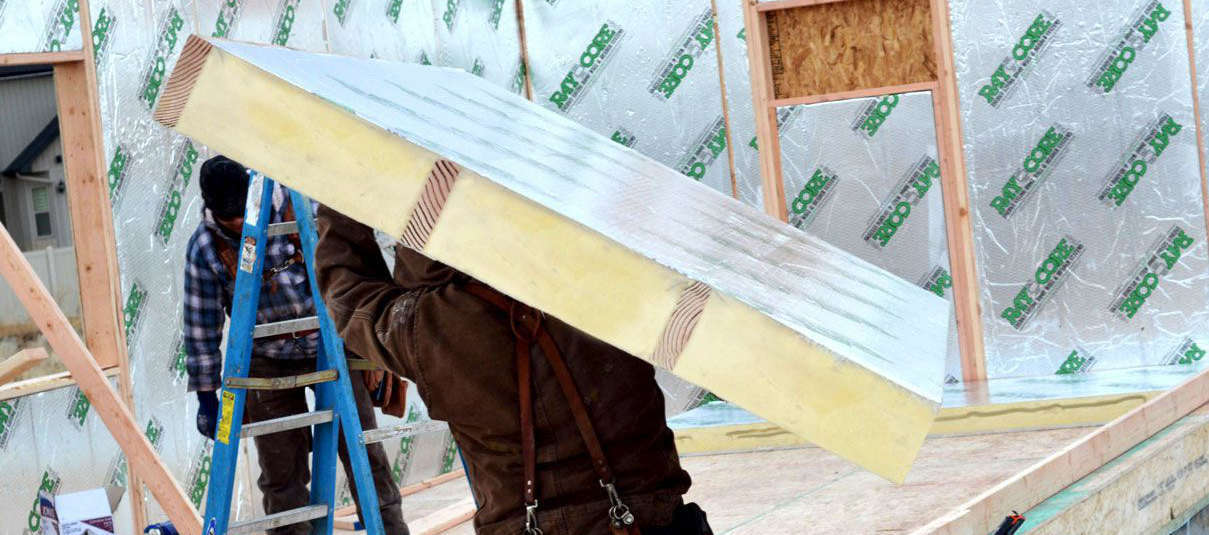

sheets goods, which typically come in 4' x 8' or 5' x 10' or rolled goods such as Vetroresina. While this can be planned for in the design phase, these sheets do not match up well with standard U.S. High density Diab, for example comes in quite-odd sheet sizes, e.g. These are not DIY friendly for the most part, generally due to cost and availability. These products are used to build go fast boats, aerospace bits and bobs, super-high end campers, race car parts and so on.

Moving into the commercial world, we have brands like Plascore, NidaCore, Diab/Divinycell, Gurit/CoreCell, Hexcell and others. These products have been used to build campers, trailers, truck boxes, tiny boats and so on, generally with success. Styrofoam, a brand name, XPS, (a type of foam) GreenGuard, Kingspan, Dow, Pink Board and the like are generally available to John Q. However, if you take a moment to do some simple math, insulation pays dividends rather quickly. If you stay plugged in, have a 13,000 BTU heater atop your 6' x 6' trailer or never venture into hot weather, insulation is less of a concern. VIPs (Vacuum Insulated Panels) are the ONLY answer to the question, "How do you obtain a high R-value in a thin wall?" Alas, they are not accessible to most and I have only met one person who has attempted to make their own VIPs. With cheap Chinese plastic windows, 1" x 1" or 2" x 2" dimensional lumber used in everything from new, entry-level trailers and campers to old FWC and Alaskan slide-ins, you sweat or freeze with the seasons. In the camper, trailer and RV world, insulation is generally not the focus of the build and isn't really considered at all by most builders. You are saying Structural Insulated Panel Panel. Notice, there is no such thing as a SIP Panel. Greetings, This is going to be a long post, so you may wish to make a cup of tea and get a note pad.įor many years now, the construction of sandwich panels or SIPs (Structural Insulated Panels), has been a bit of a mystery to many in the community.


 0 kommentar(er)
0 kommentar(er)
